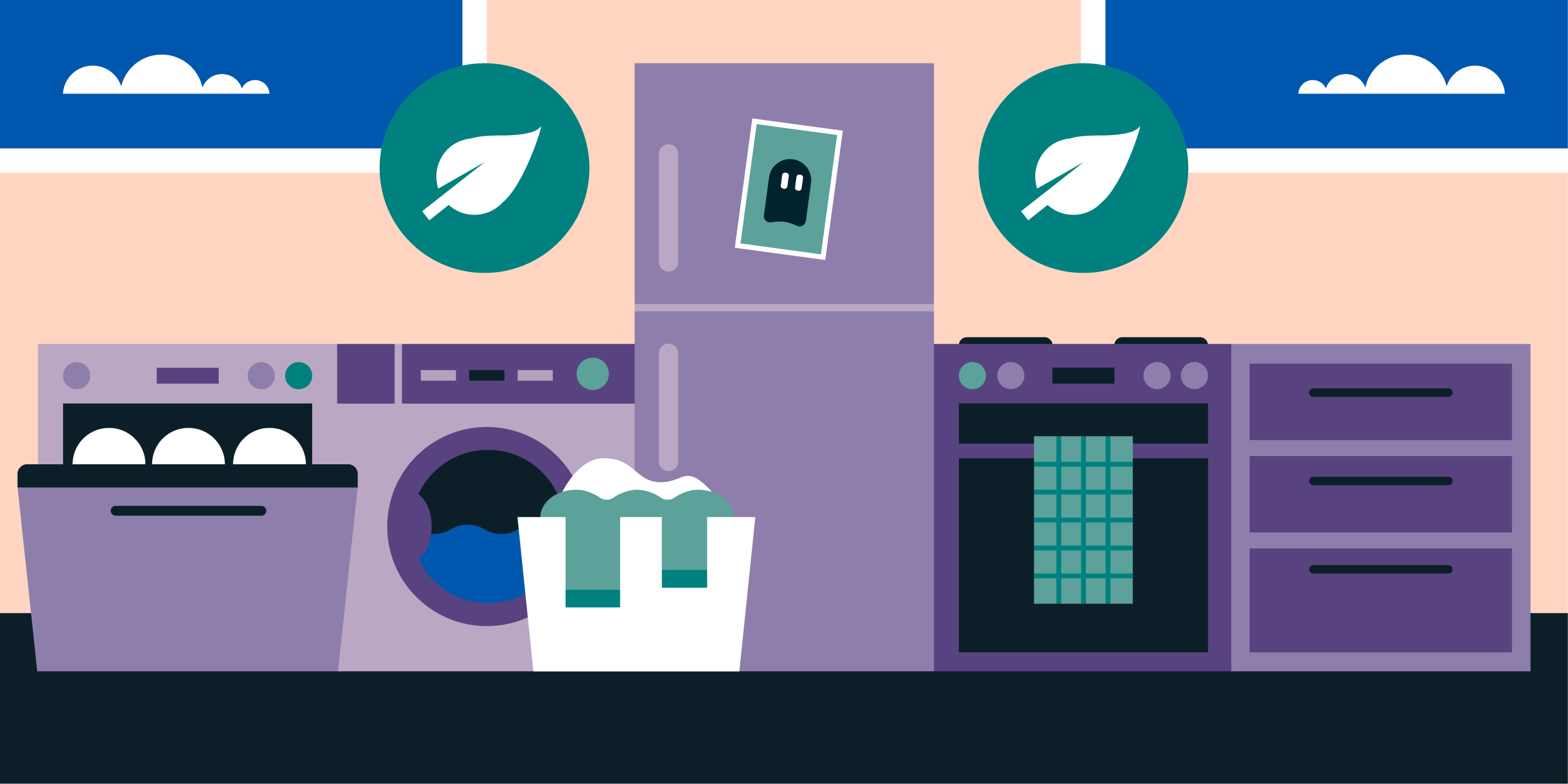Running Appliances on Eco-Mode: How to Unlock Savings
Are your appliances switched to eco-mode? If not, you’re paying over the odds every time you use them.
Speaking to Loop users in a large-scale survey revealed that 15% aren’t aware, or aren’t using eco-mode - yet three-quarters say they’re concerned about environmental issues.
Using eco-mode is an easy way to reduce your energy bills and your environmental impact. But, around 4.2 million households could be overlooking this remarkably simple settings change.
Wasted energy makes up 30% of the average energy bill - do something about it! Get more from your smart meter with Loop.
What is Eco-Mode?
Eco cycles are available on a surprising range of appliances and are so-called because they are energy-saving programmes. This means you can access the lowest possible running costs, saving you money.
Sometimes these cycles are longer than others which can be confusing, but they will always use the least energy. That’s because heating and cooling is the most energy-grabbing part of the process. So, running a washing machine or dishwasher on a lower temperature setting will always be more efficient, even if it takes more time.
What’s more, 9 in 10 people don’t notice a big difference in performance when using eco-mode.
Which Appliances Have Eco-Mode?
Dishwashers and washing machines most commonly include effective eco cycles - and most people already seem aware with 63% and 76% of households surveyed already using energy-saving modes. But that’s far from the whole story.
Did you know, you can also find eco modes on these appliances?
- Television
- Set-top box
- Gas boiler
- Tumble dryer
- Fridge or freezer
Not every model will have an eco-mode but it’s well worth checking the manual to make sure. For example, fridge/freezers account for around 13% of your energy bill, and washing machines, dishwashers, and tumble dryers, a further 14%, so it’s worth taking action to reduce running costs.
Don’t forget the smaller consumer electronics like set-top boxes, games consoles, laptops and TVs - they take 6% of your bill yet many can be programmed to sleep overnight - or save the most by simply turning them off when not in use to avoid spending on wasted energy.

What Else Can I Do to Cut My Energy Use?
Switching to eco mode is not the only hassle-free way to reduce your energy consumption. Here are four key ways to significantly lower your energy costs.
- Upgrade your appliances. The age of your appliances can heavily influence your electricity bills. Consider upgrading to more energy-efficient models; they consume less energy, often have a longer lifespan, and should require less maintenance.
- Lower your flow temperature. If you have a combi boiler, lowering your boiler flow can reduce your gas bill by 12%. Like using your appliances on eco-mode, this simple settings change can reduce your energy bills without you even noticing.
- Keep track of energy costs. If you don’t know how much energy you’re using and what it’s costing you, then it’s hard to control it. This can result in higher bills. Using an energy-saving tool like Loop makes it easy to spot where to make the biggest savings.
-
Understand your Phantom Load. Many of us have things continuously plugged in and switched on, draining energy without us realising. This wasted energy - called your Phantom Load, makes up around 30% of the average energy bill. So, there are big savings to be made by reducing it.
• • •
Cut Your Energy Bill With Loop
Loop is a FREE energy-saving app that links to your smart meter, analyses your energy use and shows you easy ways to save. On average, Loop users cut their energy use by 15%! How much could you save?









